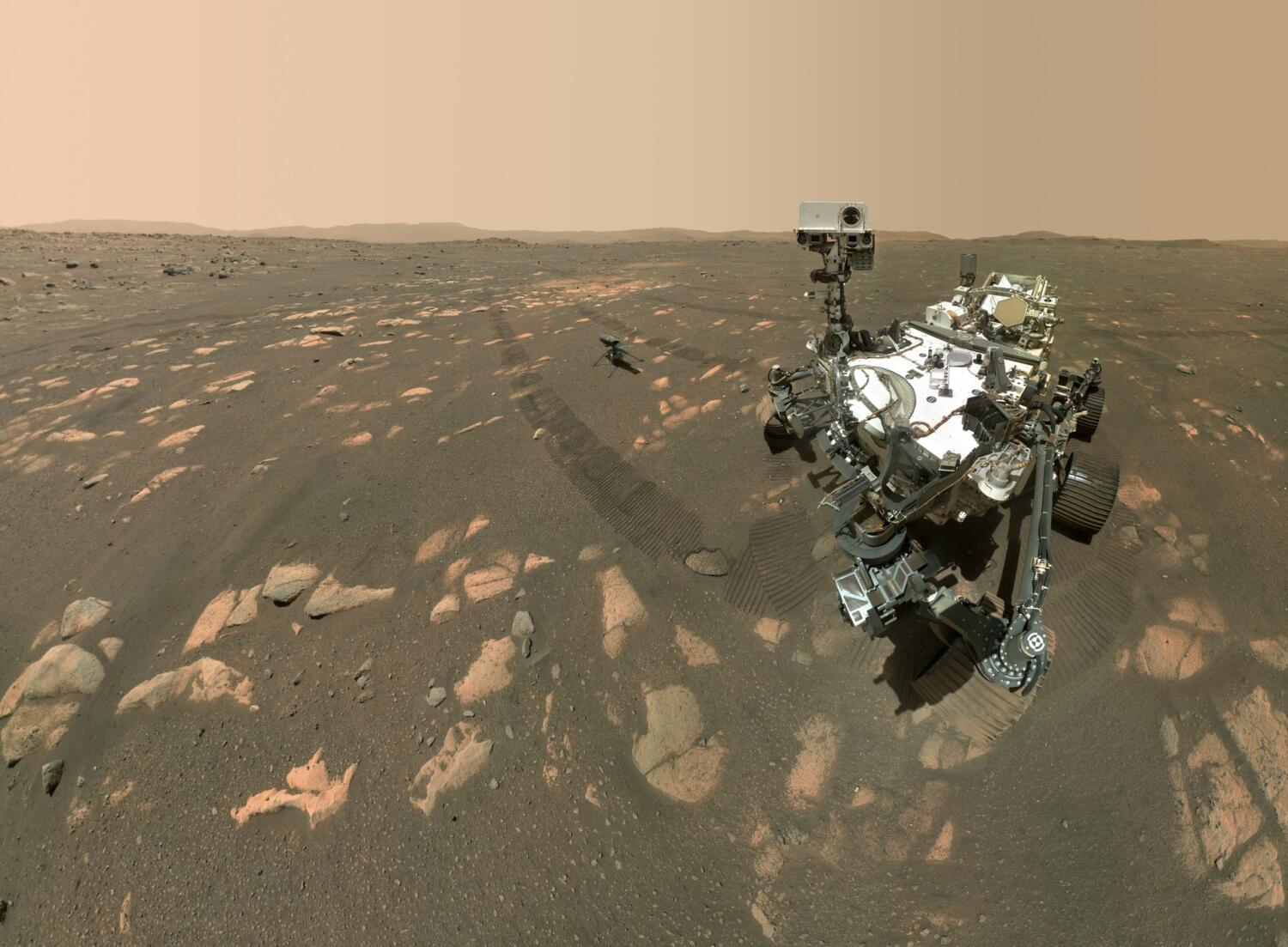Forum Summary: The Moon, Mars, and Beyond—God’s Awesome Universe
Author: Ryan Price | Student, Living Education – Charlotte, 2021-22
Estimated Reading Time: 4 min.
For the forum this week, the Living Education–Charlotte students got to hear from guest presenter Dr. Roedolph Opperman, a systems engineer who worked on the fault protection team of the Mars Perseverance Rover.
He gave the students a unique look into the Mars 2020 mission and the difficulties that come with reaching the stars.
A Difficult Journey
Space travel has come very far since Neil Armstrong and Buzz Aldrin first stepped on the moon more than half a century ago. Since then, there have been multiple active missions on and around Mars, the most recent of which was the 2020 Mars mission.
Sending something to Mars is a costly endeavor with many difficulties. Dr. Opperman shared with the students one of these difficulties, which has been dubbed the “Seven Minutes of Terror.” He shared a video explaining that it takes seven minutes for a spacecraft to reach the surface of Mars from the atmosphere—but it takes fourteen minutes for the signal to reach Earth. Therefore, by the time NASA learns the craft has entered the atmosphere, seven minutes have already passed since it did so. By that time, the spacecraft has either landed or crashed. The spacecraft’s computer must land it itself, and there is zero margin for error. Even with all the advances we’ve made in space travel to date, missions to Mars have only a forty percent success rate.
Perseverance and Ingenuity
Dr. Opperman then gave the students a look at the Perseverance Rover and what it can do. Perseverance’s main job is to collect samples of rock that will be retrieved during a later mission. These samples will be collected in the hopes of finding signs of ancient microbial life, though Dr. Opperman doubts they will find any life on Mars.
But Perseverance didn’t come alone—the Ingenuity helicopter also arrived with it. Being the first aerial vehicle ever deployed on another planet, its purpose was to prove that flight was possible on Mars. Requiring special design considerations due to Mars’ thin atmosphere and lighter gravity, it has made eighteen successful flights. Having fulfilled its primary function, it now helps the rover determine where to go to locate the best soil samples.
The bulk of the mission’s 2.7-billion-dollar cost was put into testing and development. Dr. Opperman explained how crucial it is that nothing breaks down that the rover can’t repair by itself. His primary job was to strategically introduce faults to the rover’s systems and predict the outcome of the fault, taking note of any anomalies, to ensure that nothing would break in an unexpected and irreparable way during the mission. The Mars 2020 mission was a milestone for the Mars expeditionary effort.
Man on Mars
Dr. Opperman explained that NASA and private ventures such as SpaceX are very serious in their endeavors to send man to Mars. But before man can go to Mars, he must go back to the moon. NASA’s Artemis program aims to put astronauts back on the moon by 2025. Technologies are being developed in the hopes of establishing a permanent, sustained presence on the moon. This needs to be done in order to properly develop, test, and refine technologies that will be used to get to Mars. It’s an exciting time for space exploration!
Mortality, the Universe, and the Future
Our fragile human bodies were not really made to go to space. There are many side effects to such an experience, ranging from muscle atrophy and bone loss due to the weightlessness of zero gravity to neurodegenerative disease from cosmic radiation. And despite all our efforts, mankind has barely scratched the surface of the vast universe the Creator made by merely speaking a word. Dr. Opperman shared another video visualizing the massive scale of this universe. Even now, the universe is still expanding, spreading so fast that there are galaxies we will never see because they slip away too quickly for their light to reach us. Yet Psalm 147:4-5 tells us that God knows every star by name—something our human minds cannot hope to comprehend.Dr. Opperman ended the forum by referring the students to 1 Corinthians 2:9, explaining that we have only a small sense of what’s in store. One day, we will no longer be limited by our mortal flesh, and the vast, unexplored universe will be fully open to us.









